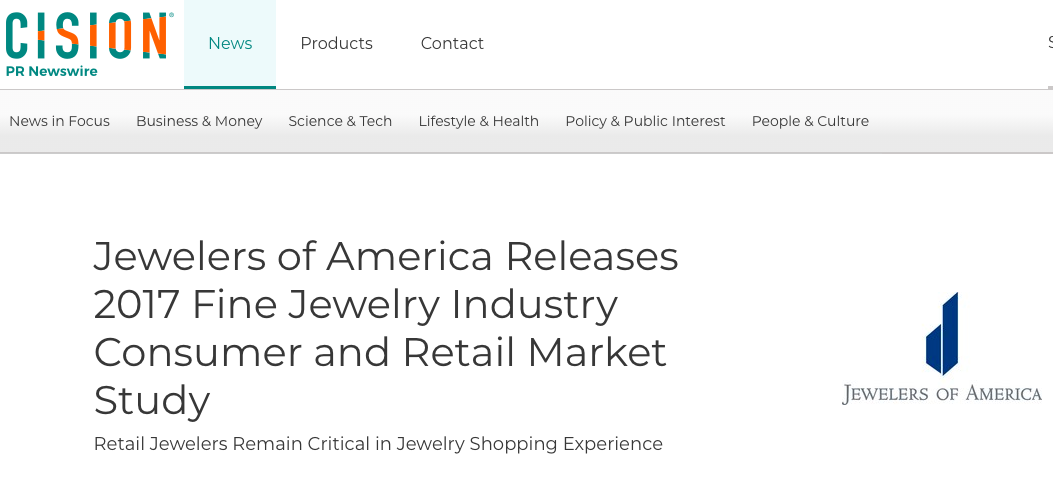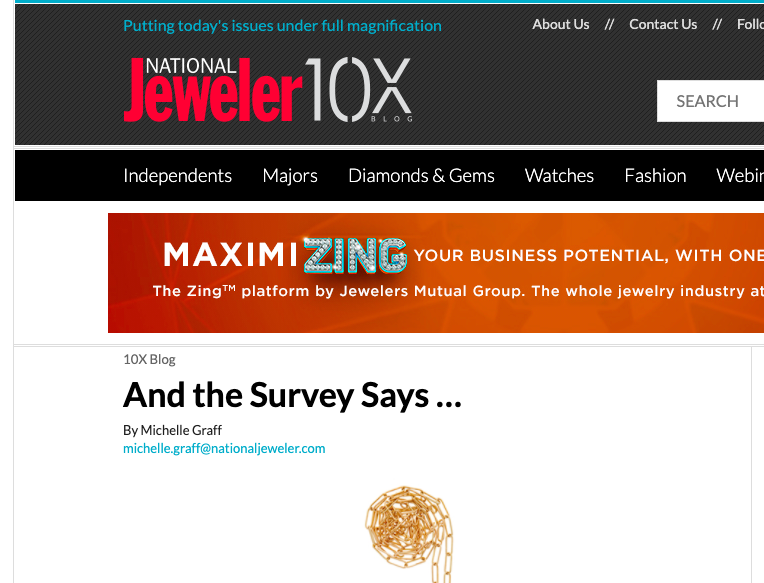Initiating a tracker prior to a full ad launch allows the ad to create KPIs to measure the success of your advertising initiatives. Then, once the advertising is launched, the desired outcome is for the ad to be remembered by as many consumers as possible, that the advertisement is credible, is perceived to be communicating its intended message, and is liked. It is also key to determine if the advertisement outperforms the competition.
There is an opportunity to move beyond traditional ad tracking surveys and measure advertising awareness to exploring a changing marketplace and bringing context to consumer behavior.
At Provoke Insights, our standard ad tracker will longitudinally track scores such as ad awareness comparing a brand to its competitors. We have also introduced the Ecosystem Ad Tracker to connect any dots that the ad tracker leaves unjointed. This supplemental product brings additional depth and context to what is happening in the industry. We will measure if KPI’s are being met, conduct social listening, and analyze secondary data to further deepen the knowledge, web and search results will be analyzed as well as industry trends and public relations.
For more information on Ad Tracking studies and our Ecosystem Ad Tracker to provide a 360 connection please contact [email protected].











